Cea mai populară distribuție Linux astăzi
Vă gândiți cumva deja la Ubuntu, Debian, Fedora, CentOS sau Gentoo? Ei bine nu. De fapt niciuna din aceste distribuție nu este măcar a doua ca popularitate astăzi. Mai mult, dacă ne uităm pe ultimele 6 luni, cele mai populare 2 distribuții de Linux sunt Mageia, pe locul 2, și Mint Linux pe locul 1, am putea spune chiar la mare distanță.
Clasificarea este realizată pe baza numărului de hituri pe care le primește pagina distribuției, iar în acest moment clasamentul complet arată în felul următor:

| Rank | Distribution | H.P.D* |
|---|---|---|
| 1 | Mint | 3902 |
| 2 | Mageia | 2177 |
| 3 | Ubuntu | 1989 |
| 4 | Fedora | 1587 |
| 5 | Debian | 1468 |
| 6 | openSUSE | 1396 |
| 7 | Arch | 1193 |
| 8 | PCLinuxOS | 1177 |
| 9 | Puppy | 908 |
| 10 | Manjaro | 832 |
| 11 | CentOS | 811 |
| 12 | Zorin | 798 |
| 13 | Snowlinux | 737 |
| 14 | Bodhi | 665 |
| 15 | OS4 | 648 |
| 16 | SolusOS | 635 |
| 17 | Slackware | 623 |
| 18 | Lubuntu | 591 |
| 19 | CrunchBang | 564 |
| 20 | Slax | 531 |
| 21 | FreeBSD | 522 |
| 22 | Pear | 511 |
| 23 | Sabayon | 502 |
| 24 | Chakra | 492 |
| 25 | Lite | 490 |
| 26 | ROSA | 457 |
| 27 | Fuduntu | 440 |
| 28 | Kubuntu | 420 |
| 29 | Xubuntu | 415 |
| 30 | Kali | 404 |
| 31 | Cinnarch | 399 |
| 32 | Ultimate | 398 |
| 33 | Gentoo | 393 |
| 34 | antiX | 349 |
| 35 | Red Hat | 343 |
| 36 | SparkyLinux | 330 |
| 37 | PC-BSD | 330 |
| 38 | KNOPPIX | 326 |
| 39 | Peppermint | 308 |
| 40 | Mandriva | 303 |
| 41 | ArchBang | 285 |
| 42 | Tails | 284 |
| 43 | DreamStudio | 276 |
| 44 | GhostBSD | 274 |
| 45 | LuninuX | 271 |
| 46 | elementary | 270 |
| 47 | ZevenOS | 268 |
| 48 | Tiny Core | 268 |
| 49 | Ubuntu Studio | 267 |
| 50 | Scientific | 266 |
| 51 | OpenELEC | 257 |
| 52 | BackBox | 252 |
| 53 | Porteus | 244 |
| 54 | Bridge | 240 |
| 55 | ClearOS | 237 |
| 56 | siduction | 232 |
| 57 | Pinguy | 232 |
| 58 | Damn Small | 231 |
| 59 | Clonezilla | 225 |
| 60 | Salix | 221 |
| 61 | Vector | 213 |
| 62 | Elive | 210 |
| 63 | Frugalware | 209 |
| 64 | CRUX | 203 |
| 65 | PureOS | 202 |
| 66 | UberStudent | 201 |
| 67 | Parted Magic | 200 |
| 68 | Slackel | 198 |
| 69 | Netrunner | 192 |
| 70 | MEPIS | 192 |
| 71 | NetBSD | 191 |
| 72 | Descent|OS | 184 |
| 73 | Zenwalk | 181 |
| 74 | Parsix | 179 |
| 75 | SystemRescue | 173 |
| 76 | Deepin | 173 |
| 77 | wattOS | 171 |
| 78 | FreeNAS | 167 |
| 79 | OpenBSD | 163 |
| 80 | aptosid | 161 |
| 81 | Absolute | 160 |
| 82 | DragonFly | 159 |
| 83 | Commodore | 159 |
| 84 | Joli OS | 156 |
| 85 | Semplice | 153 |
| 86 | Solaris | 151 |
| 87 | linuX-gamers | 150 |
| 88 | Linpus | 149 |
| 89 | Unity | 145 |
| 90 | SUSE | 145 |
| 91 | Oracle | 145 |
| 92 | Calculate | 143 |
| 93 | SliTaz | 141 |
| 94 | Super OS | 138 |
| 95 | Trisquel | 137 |
| 96 | Macpup | 137 |
| 97 | 2X | 137 |
| 98 | Swift | 136 |
| 99 | Pardus | 123 |
| 100 | IPFire | 113 |
| *H.P.D = hits per day Updated daily |
Pentru cei care nu știau unde să caute, aceste statistici sunt furnizate de distrowatch.com, un site dedicat „faunei” Linux și unde puteți afla foarte multe detalii despre orice distribuție Linux, indiferent cât de nișată.
Sistemul de căutare permite niște întrebări foarte interesante, și puteți descoperi spre exemplu că există 3 distribuții originare din România.
1. Stella (170)
Stella is a CentOS-based Linux distribution with focus on user-friendly desktop computing with GNOME 2 and out-of-the-box support for many popular multimedia formats. Besides standard upstream software, the project also maintains its own repository containing LibreOffice and a variety of useful desktop applications.
2. Kiwi Linux (237)
Kiwi Linux is a modified Ubuntu live CD for the i386 architecture. It includes Romanian and Hungarian localisations, multimedia codecs, encrypted DVD support, Flash and Java plugins for Firefox, PPPoE GUI for accessing local Internet services (Clicknet and RDS) and write support for NTFS partitions.
3. TFM Linux (313)
TFM Linux is a Linux operating system that can be used for small enterprises, whose administrators are not so experienced in Linux. It all began a long time ago with a Red Hat distribution, whose packages were very low on security, so that less than 5 % of these were kept and the rest was replaced with alternate Red Hat packages which proved to be more stable. That’s the way the TFM Linux idea was born. The simplest method at that time was the adaptation of Red Hat distribution to the needs previously specified. So in March 2001 TFM Linux 1.0 was launched. An easy to install operating system, easy to use as server edition or workstation and adapted for the user’s needs. All the knowledge gathered during all this time, allowed the observation of the modified Red Hat distribution limits, and, as future plan, it was established that the next version of the distribution will be done starting from zero, for having complete control to what is happening in the distribution and the packages interactions.
Sperăm ca aceste informații să vă aducă cu un pas mai aproape de sistemul de operare Linux și vă invităm să ne spuneți ce distribuție folosiți acum și, mult mai important, de ce?

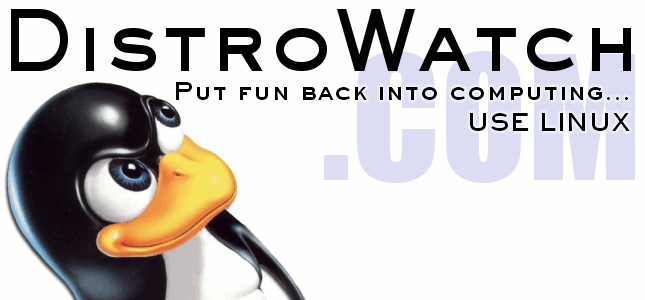
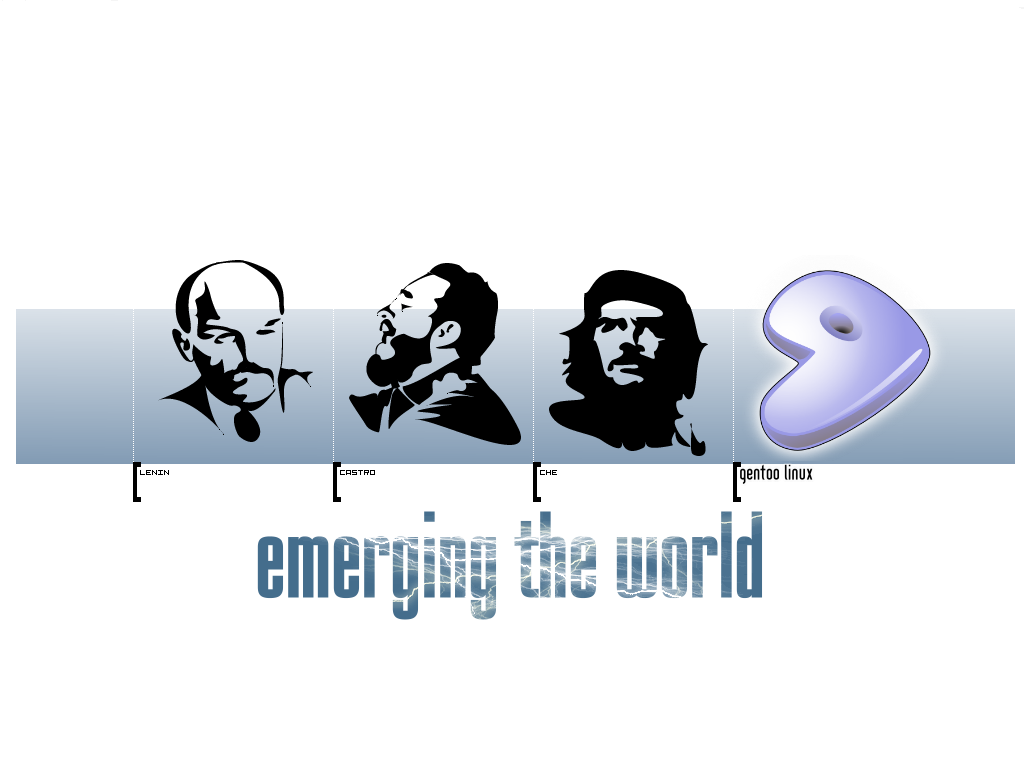



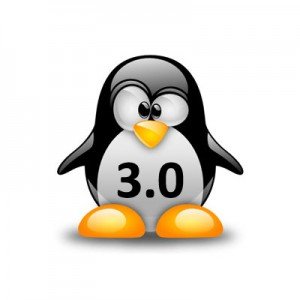
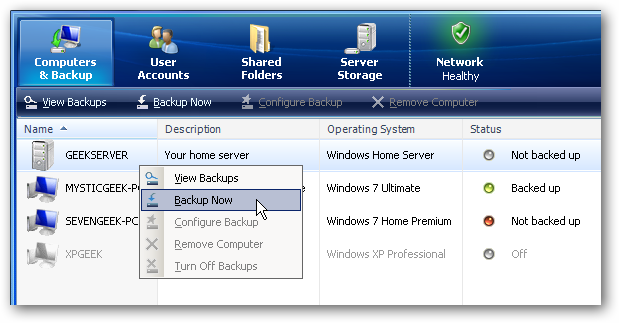
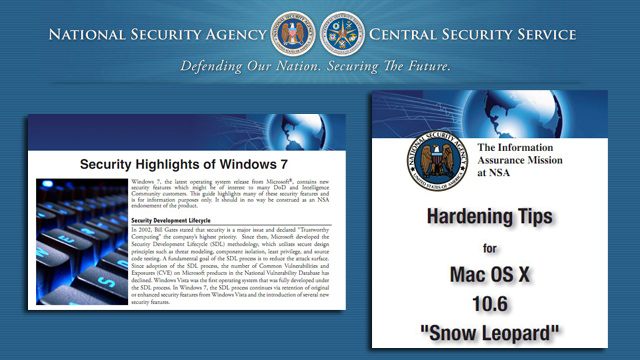
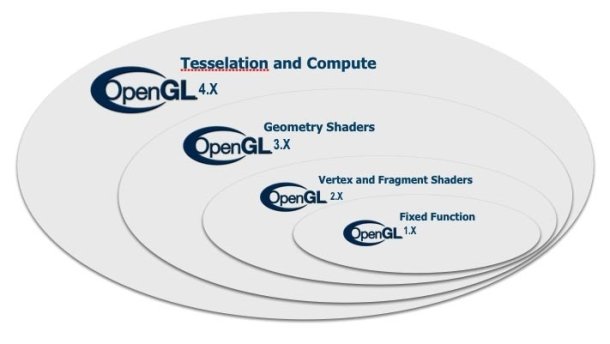
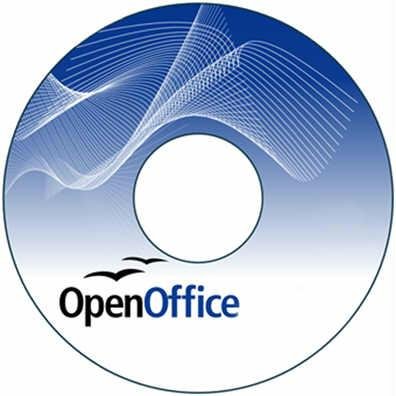
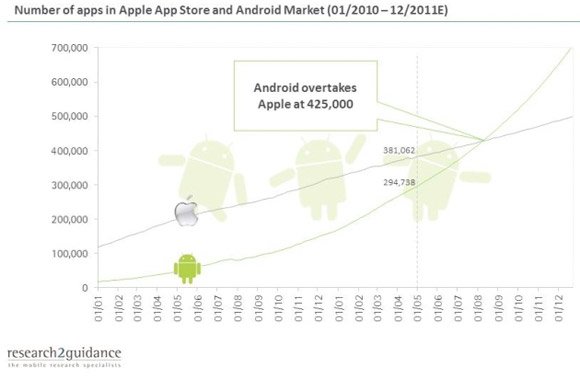

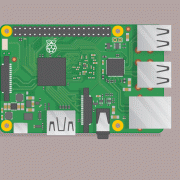
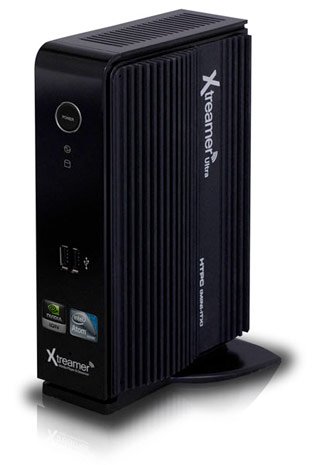




Lasă un răspuns
Want to join the discussion?Feel free to contribute!